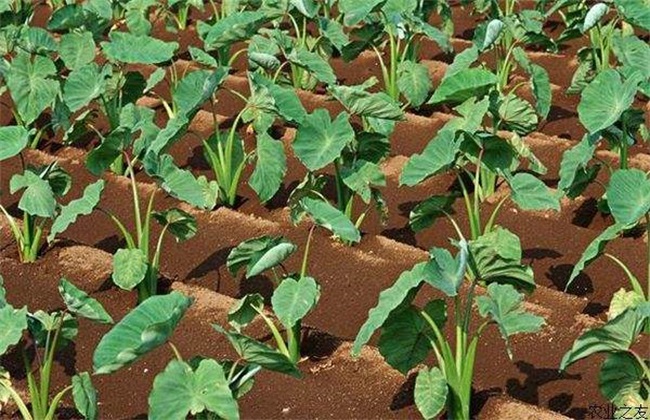What if the balsam pear is dead?
Planting balsam pear soon after the emergence of dead seedlings, or the growth process suddenly slowly yellowed and withered, what is the reason, what should be done in such a situation? In fact, there are many causes of such diseases, which may be caused by physiological causes, insect damage, or the death of trees caused by infection, or other environmental causes, so now let's take a look at what's going on. How to prevent and deal with it.

1. Viral disease
Balsam pear is easy to be infected by virus-carrying pests such as thrips, aphids and planthoppers, and there are many kinds of virus diseases. some vegetables can be infected with the same virus, and the virus can be transmitted through branch and leaf friction in agricultural operations. Balsam pear plants may die after being infected with virus disease. So to prevent these insects, mainly use acetamiprid plus antivenom lentinan or oligosaccharide strepsin plus brassinolide, usually once a week.
II. Nematode disease
Nematodes harm a variety of vegetables, mainly harm balsam pear root, with a needle, can pierce balsam pear root, and then let their saliva into the root system, resulting in nodular root system, abnormal growth. The nodules of the root system are first white and then black, and then lose their absorptive capacity. If no nutrients are absorbed, the tree will die. Yinghui nematicide or Paecilomyces lilacinus can also be used to disinfect the soil with avermectin and methyl bromide.
III. Soil-borne diseases
The main soil-borne diseases caused death of balsam pear, including root rot, Fusarium wilt and Phytophthora. Fusarium wilt occurred in the whole period, and the fruit period suffered the most. Seedlings die easily. If the stem is rotten and the vascular bundle is damaged, the seedlings will die. The root of Phytophthora rot, the skin and wood are partially separated, flooded, and finally the seedlings die. Root rot suffers root rot, leaving vascular bundles, and the upper part dies. Spraying carbendazim fungicide to control root rot; spraying 50% carbendazim wettable powder 1500 times solution to control Fusarium wilt; and 72% Kelu wettable powder solution to control Phytophthora.
IV. Improper management
Sometimes the soil is hardened or sticky, and if the root system is more serious, it is impossible for the root system to breathe and grow, and it is possible to suffocate and rot due to hypoxia, then the seedlings will also die. Sometimes insufficient fertilization and malnutrition lead to the death of yellow flowers. If the concentration of fertilizer is too high, the seedlings will die if they are too close to the root. Can be ploughed, fertilized to keep the distance, melt water use, reduce the concentration.
The death of balsam pear is mainly caused by diseases and insect pests, and the other is the amount of fertilizer and water soil management, disease control, and improvement of the growth environment, as well as nutrition adjustment, can prevent the death of trees.
Related
- Where is it suitable to grow horseradish in China? it is expected to see the middle altitude horseradish in Alishan.
- How to prevent tomato virus disease reasonably? (Control methods included)
- Many people like to plant towel gourd on the balcony. What are the main points of this method and management?
- What crops can chili peppers be mixed with?
- Fertilization techniques and matters needing attention in Tomato
- What are the grafting techniques for peach seedlings in spring?
- Harm and control methods of root swelling disease of Chinese cabbage
- What are the pests of sweet potatoes? How to prevent and cure it?
- Symptoms, causes and Control methods of navel Rot in Tomato
- The cause of "Cucumber rotten bibcock" in Farmers' planting Cucumber and its Control Plan



